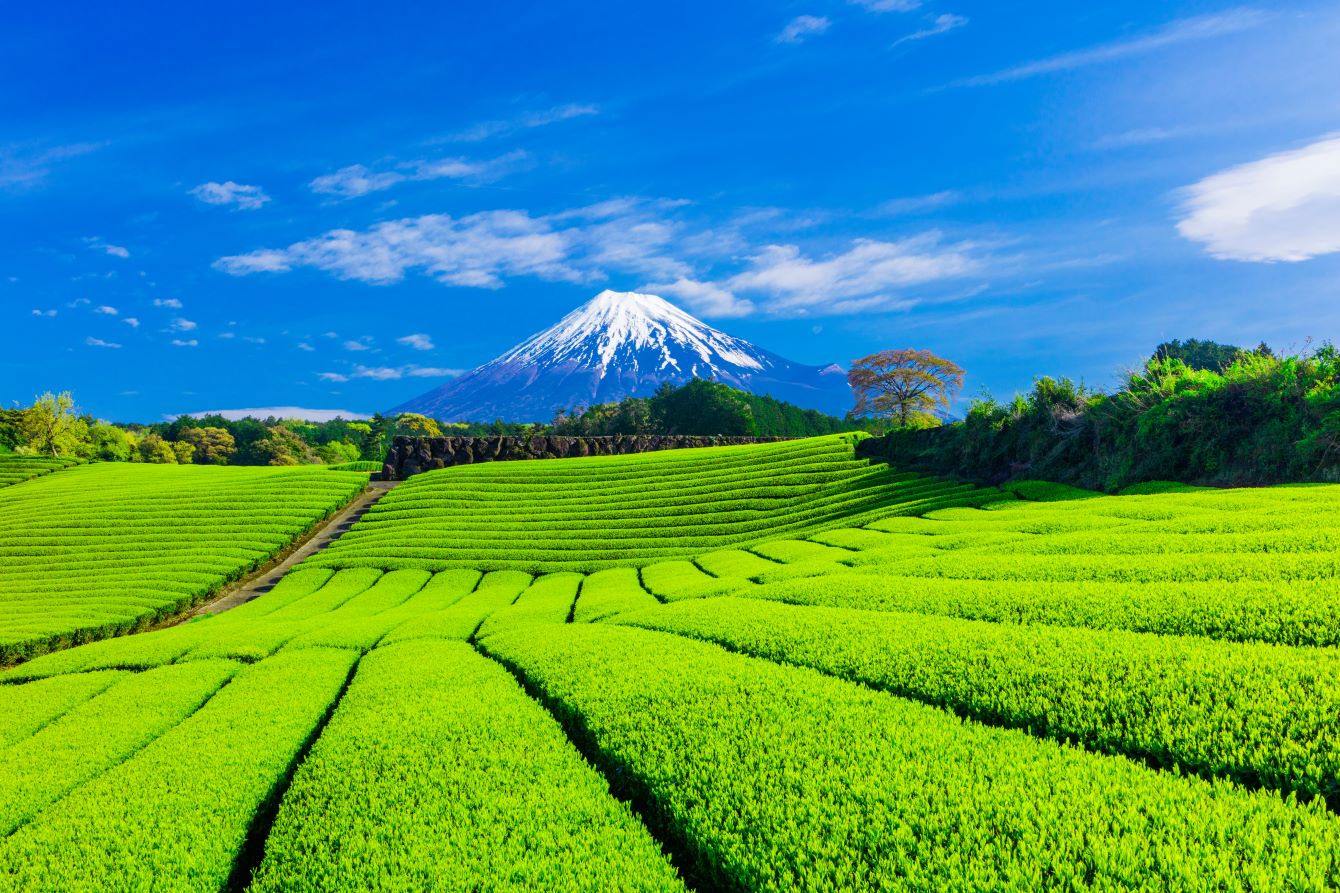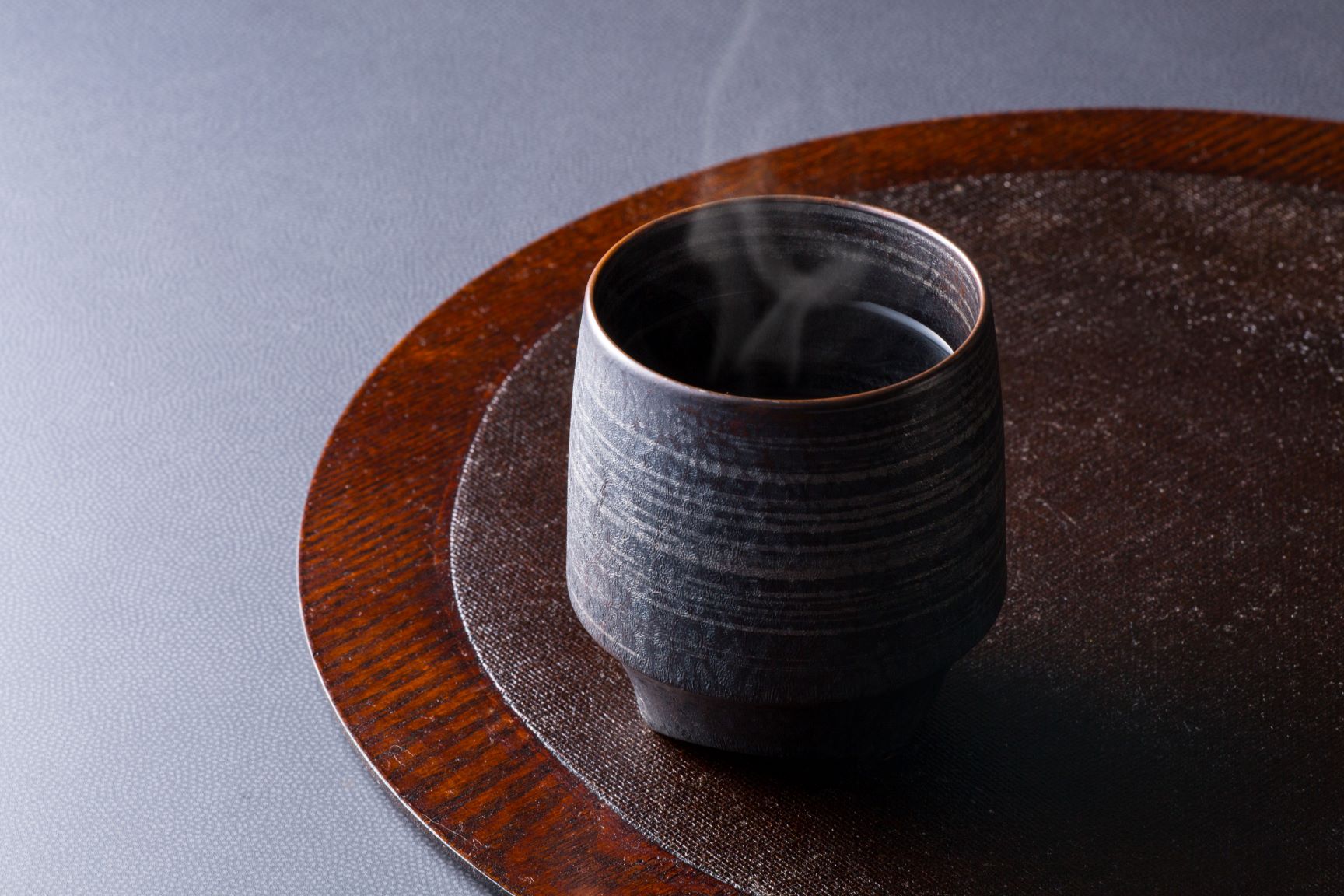
The charm of Makinohara tea, nurtured by the strong determination of samurai
Introduction
Makinohara City in Shizuoka Prefecture is one of Japan's leading tea producing areas, and is particularly known as the birthplace of deep-steamed tea.
Deep-steamed tea is made by steaming the tea leaves for a longer period of time than normal, resulting in a mellow flavor with less astringency.

The origin and history of Makinohara tea
The Makinohara tea growing area is located on the west bank of the Oi River and around the Makinohara Daichi area.
Makinohara is currently a tea-producing region that accounts for more than 30% of the total tea production in Shizuoka Prefecture, but until the end of the Edo period, it was a wasteland where crops could not grow.
Around the time of the Meiji Restoration, tea became expected to be an export item on a par with raw silk, and so there was a movement to expand tea cultivation, which had previously been centered in mountainous areas, to the plains, and reclamation of the area began.

The Challenge of Former Samurai and the Transformation of Makinohara
In fact, the people involved in this reclamation were mainly Tokugawa samurai who had been relieved of their samurai duties due to the Meiji Restoration.
Thanks to the passion and hard work of the former samurai, led by Nakajo Kageaki, over many years, the Makinohara Plateau, which was once a barren wasteland where not even a single plant could grow, was transformed into soil large enough to cultivate tea leaves.
Even today, descendants of this generation are active in the local tea industry in the Makinohara area.

The Birth and Characteristics of the Deep Steaming Method
Makinohara is said to be the birthplace of deep-steamed sencha, and most of the tea produced there is deep-steamed sencha. The deep-steaming method that is now mainstream was established during the Meiji period.
As mentioned above, thanks to the efforts of the former samurai, Makinohara was finally transformed into soil where tea leaves could thrive, but the area was not blessed with favorable terrain or weather.

Because it is a relatively warm plain, the tea leaves are exposed to sunlight and become thick, so the normal steaming time did not result in tasty tea.
In response to this, Totsuka Toyozo and Imamura Mohei, who founded the Yuushin-ryu school of tea in the mid-Meiji period, began to lengthen the steaming time to reduce the strong astringency of the local tea.

He invented and popularized the Yongkon type tea processing method (in which the tea is shaped like a magatama rather than a needle) in which no excessive force is used and shape is secondary.
The reputation of this tea with its mellow aroma spread throughout Japan, leading to the development of the "Shizuoka Makinohara Tea" brand as it is today.

The appeal of deep-steamed tea and its connection to the modern era
Deep-steamed tea is steamed for a longer period of time than regular sencha, which allows the tea ingredients to easily infuse and brings out a rich, sweet flavor.
The destruction of the cells also makes the tea leaves brittle, allowing the powdered leaves to infuse when brewed, resulting in a beautiful bright green color for the tea.
It has little astringency and a mellow taste, so even people who don't like tea can easily drink it, and it was widely accepted by the general public. Its mellow taste is still popular today, especially in the Kanto region.

summary
What did you think? This time we introduced you to the appeal of Makinohara tea.
Makinohara tea was born from the strong determination and tenacity of samurai who suddenly lost their jobs after the Meiji Restoration.
It must have taken literally blood, sweat and tears to transform this wasteland into such a famous tea-producing region.
Despite being at the mercy of changing times, the will and enthusiasm of each individual who accepted reality, looked forward and made efforts is what supports the quality of Makinohara tea today.

Makinohara's deep-steamed tea is able to infuse its flavor and color in a short amount of time, making it a perfect fit for modern lifestyles and easy to enjoy even for busy modern people.
If you have never tried Makinohara tea, please give it a try.




